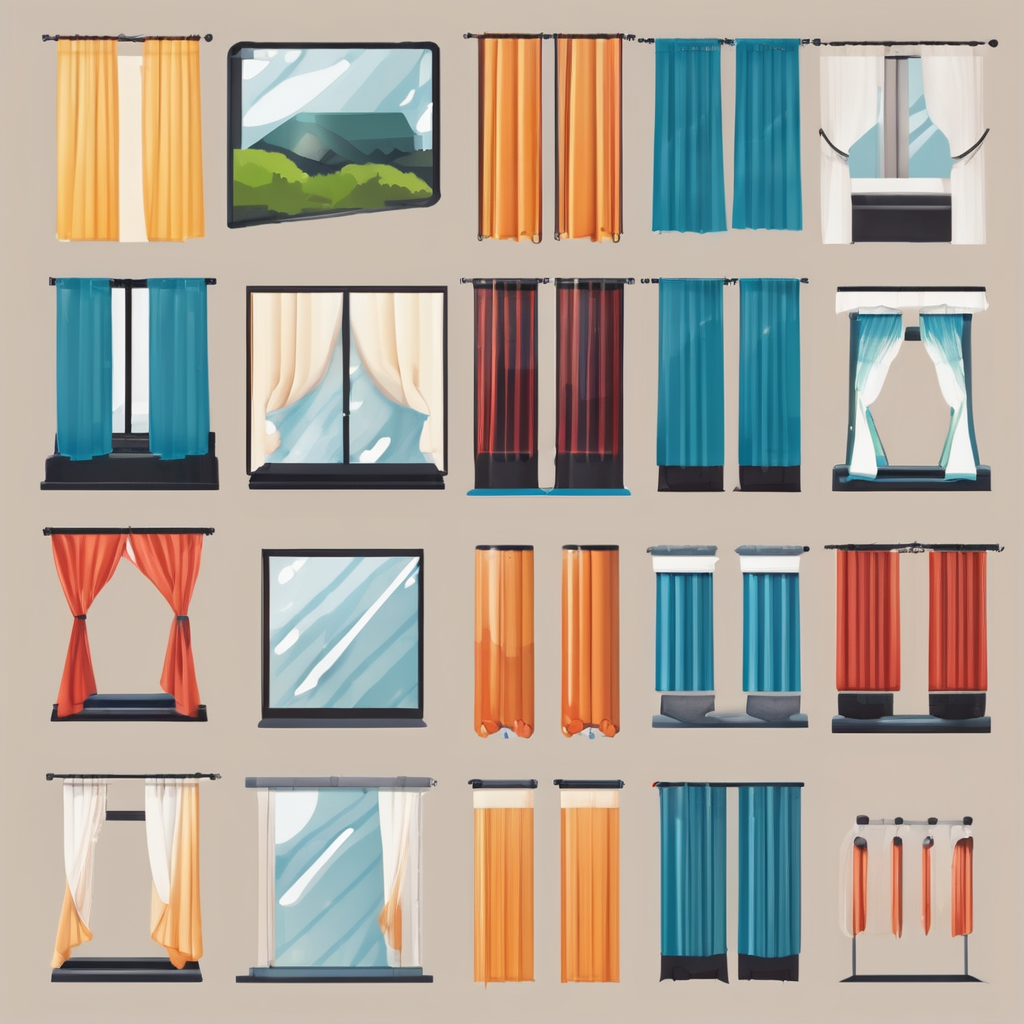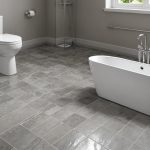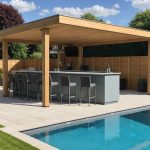Overview of Sustainable Materials for Home Renovations
Sustainable materials are integral to modern eco-friendly home renovations, growing hand in hand with UK construction trends. These materials are defined by their ability to minimize environmental impact throughout their lifespan. They are sourced responsibly, offer durability, and often possess the capacity to be recycled or reused.
Implementing sustainable materials in residential renovations significantly reduces a home’s carbon footprint. This aligns with contemporary UK construction trends prioritizing environmental responsibility. Moreover, sustainable materials offer a promise of health benefits due to their low-toxicity levels, ensuring a healthier living environment.
Also to read : Essential Components for Crafting a Genuine Coastal Bathroom Inspired by the UK
There is a burgeoning demand for eco-friendly home options, driven by increasing environmental awareness and governmental incentives promoting sustainability. Homeowners are more inclined than ever to explore sustainable renovations, valuing the blend of environmental responsibility and economic advantage. The shift towards sustainable practices in home renovations reflects broader societal trends, making it a relevant and vital consideration for anyone planning a home update.
Trending Sustainable Materials in the UK
In the evolving landscape of UK construction, sustainable building materials have captured significant attention. The choice of eco materials plays a pivotal role in influencing environmental impact and aligning with current trends. With a focus on sustainability, the UK is embracing materials that promise both functionality and environmental benefits.
Also read : Illuminating Art Nouveau: The Ultimate Guide to Lighting Architectural Features in Your UK Home
Bamboo as a Sustainable Option
Bamboo stands out due to its rapid growth rate and versatility. Not only is it durable, but it also grows quickly, making it a renewable alternative to traditional wood. The lightweight nature of bamboo allows for easier transportation and handling during construction. Its use spans various applications, from flooring to decorative elements, emphasizing its adaptability.
Recycled Materials in Renovation
Incorporating recycled materials has become integral in reducing waste and promoting sustainability. Materials such as reclaimed wood, recycled glass, and repurposed metal help lower the environmental footprint of renovation projects. Employing these resources not only conserves natural resources but also reduces construction costs over time, adding significant value to home renovations.
Natural Insulation Solutions
Natural insulation is gaining popularity due to its energy efficiency and minimal environmental impact. Options like sheep wool, hemp, and cellulose provide excellent thermal performance while being biodegradable. These materials help maintain a consistent indoor climate, ultimately reducing energy consumption and lowering heating and cooling expenses.
Benefits of Using Sustainable Materials
The advantages of sustainable materials extend beyond mere environmental impact. Firstly, they offer substantial long-term cost savings due to enhanced energy efficiency. These materials often have superior insulating properties, leading to reduced heating and cooling expenses. Over time, the initial investment in sustainable options can be offset by these energy savings, making them a fiscally prudent choice.
Moreover, sustainable materials carry significant health benefits. Products like low-VOC paints and non-toxic sealants contribute to better indoor air quality. This can lead to improved respiratory health and overall wellbeing for occupants, underscoring the importance of choosing eco-friendly options.
Another critical benefit is their role in reducing a home’s carbon footprint. By utilising renewable resources and materials with lower emissions in their production, homeowners contribute positively to the planet. This aligns with global efforts to combat climate change by minimising individual and collective environmental impact.
Investing in sustainable materials not only supports global ecological goals but also fosters a harmonious living environment. As awareness grows, integrating environmentally friendly materials becomes an essential component of modern home design, resulting in healthier, more energy-efficient living spaces.
Cost Considerations for Eco-Friendly Materials
Investing in eco-friendly materials for home renovations requires careful consideration of cost analysis and budgeting eco renovations. While the initial costs of pricing sustainable materials may be higher, an examination of Initial vs. Long-Term Costs reveals potential savings. Sustainable materials often lead to reduced energy bills through superior insulation and energy efficiency, which may offset the upfront investment over time.
Understanding the availability of Financial Incentives and Grants is crucial. Various governmental and local schemes encourage homeowners to integrate eco-friendly solutions by offering financial support. This can significantly ease the burden of initial expenditure, making sustainable choices more accessible. Exploring these options is a practical step for those planning their projects.
The Comparing Costs of Traditional vs. Sustainable Materials section highlights the price differences. While conventional materials may seem cheaper initially, their maintenance, replacement, and energy inefficiencies can elevate long-term expenses. On the other hand, eco-friendly alternatives, though expensive initially, often prove economically advantageous due to their durability and reduced running costs.
Considering these aspects enables homeowners to make well-informed choices that align with both environmental goals and financial capabilities, promoting sustainable living.
Real-Life Applications and Case Studies
Exploring real-life applications and case studies highlights the efficacy and practicality of using sustainable materials in home renovations. Homeowners across the UK are increasingly opting for these materials, resulting in numerous successful renovation projects. These instances provide valuable insights into the practical applications and benefits of sustainable choices.
One such case is the transformation of a Victorian terrace using recycled materials and natural insulation. The homeowner utilised reclaimed wood for flooring and innovative sheep wool insulation, significantly enhancing energy efficiency and reducing heating costs. This transformation not only decreased the carbon footprint but also improved indoor air quality—manifestations of the health benefits associated with eco-friendly renovations.
Insights from contractors involved reveal that integrating sustainable materials requires a well-coordinated planning phase with precise budgeting. With growing interest, many projects are documented, showcasing the aesthetic and functional success of recent renovations.
The lessons learned from these experiences highlight the role of community engagement and government incentives in promoting sustainable practices. Homeowners often share renovation tips, advocating for careful selection of renovation resources and collaboration with reputable suppliers to achieve desired results. These insights underscore the expanding community committed to eco-friendly living.
Expert Opinions and Insights
The field of sustainable construction is shaped by insights from industry professionals who offer valuable perspectives on current trends and future directions. Experts agree that integrating eco-friendly materials in renovations provides significant environmental and economic benefits.
Interviews with Industry Professionals
Architects and builders, focusing on sustainable design, emphasize the importance of understanding material choices. They suggest evaluating the lifecycle of materials, from production to disposal, to ensure true sustainability. Using materials with low environmental impact is a key factor in reducing a home’s carbon footprint.
Trends from Architectural Experts
Architectural trends indicate a shift towards biophilic designs, incorporating natural elements to enhance wellbeing. According to industry leaders, incorporating sustainable architecture not only lowers environmental impact but also increases property value. This trend is gaining traction, encouraged by growing consumer interest in maintaining ecological balance.
Sustainability Advocates’ Perspectives
Sustainability advocates highlight the necessity of redefining home renovations, emphasizing resource conservation. They promote sustainable materials as critical to modern construction practices, advocating for policy changes that support greener building codes. They foresee a future where eco-friendly options are the default choice for homeowners, driven by awareness and supportive legislation.
Resources and Suppliers in the UK
Engaging with the right sustainable material suppliers is essential for achieving successful eco-friendly home renovations. In the UK, a variety of suppliers offer renovation resources that align with UK eco-friendly options. Here’s a concise directory to get you started:
- EcoHome Store: Known for their broad selection of sustainable materials, they focus on energy-efficient solutions and non-toxic products.
- The Green Building Store: Specialises in high-performance eco materials, including insulation and renewable energy systems.
- Envirotimber: Offers sustainably sourced timber products aimed at reducing environmental impact.
DIY enthusiasts can benefit from exploring recommended online resources such as EcoBuild and GreenSpec, which provide valuable insights and tips on implementing sustainable practices. These platforms also promote community engagement through forums and expert advice.
Local initiatives like Sustainable Home Habits and Green Construction Hub offer workshops and networking events. Participation in these programs fosters connections and encourages the sharing of renovation tips among homeowners committed to sustainable living.
Building relationships with these suppliers and participating in local initiatives not only supports eco-friendly home updates but also enhances knowledge about the latest trends and innovations in the industry.











